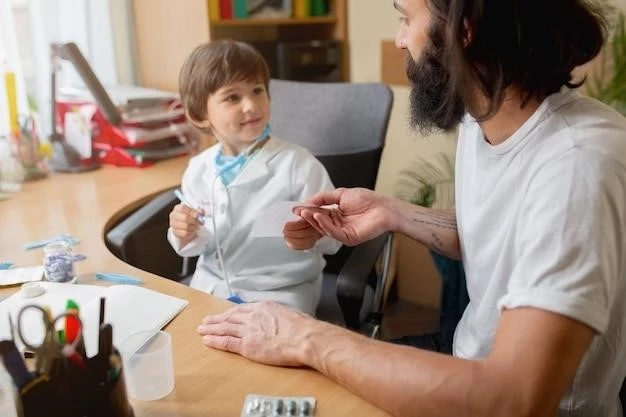Introduction to Pashayan Syndrome
Pashayan Syndrome, also known as Pashayan-Pruzansky Syndrome, is a rare genetic disorder with Mendelian autosomal dominant inheritance. It is characterized by a range of physical abnormalities and developmental delays.
Pashayan Syndrome, also known as Pashayan-Pruzansky Syndrome and blepharo-naso-facial syndrome, is a rare genetic disorder with Mendelian autosomal dominant inheritance. It is characterized by a distinctive mask-like facial dysmorphism, lacrimal duct obstruction, intellectual disability, and a range of physical abnormalities. The syndrome has been described in several families, with variable expression and associated challenges in diagnosis and management.

Clinical Presentation and Diagnosis
Pashayan Syndrome manifests with a unique facial dysmorphism, lacrimal duct obstruction, intellectual disability, and variable physical features. Diagnosis involves a thorough clinical evaluation and genetic testing for the SLC2A1 gene mutation.
Symptoms of Pashayan Syndrome
Pashayan Syndrome presents with distinctive facial dysmorphism, lacrimal duct obstruction, intellectual disability, extrapyramidal features, and digital malformations. Additional physical abnormalities and developmental delays are characteristic of this rare genetic disorder.
Overview of Pashayan Syndrome
Pashayan Syndrome, also known as Pashayan-Pruzansky Syndrome, is a rare genetic disorder with Mendelian autosomal dominant inheritance. It is characterized by a distinctive mask-like facial dysmorphism, lacrimal duct obstruction, intellectual disability, and a range of physical abnormalities.
SLC2A1 Gene Mutation in Pashayan Syndrome
The underlying cause of Pashayan Syndrome is a mutation in the SLC2A1 gene, responsible for glucose transport. This genetic alteration contributes to the distinctive features and challenges associated with the syndrome.
Management and Treatment Approaches
Management of Pashayan Syndrome involves a multidisciplinary approach to address the physical abnormalities, developmental delays, and intellectual disability. Therapeutic strategies focus on symptom management and supportive care to improve the quality of life for affected individuals.
Challenges in Diagnosing and Managing Pashayan Syndrome
Diagnosing and managing Pashayan Syndrome present significant challenges due to its rare nature, variable expression, and complex symptomatology. The identification and implementation of effective management strategies require a multidisciplinary approach and specialized care to address the diverse needs of individuals affected by this genetic disorder.
Research and Case Studies
Pashayan Syndrome has been described in several families, highlighting the need for ongoing research to understand its complexities and develop targeted interventions. Case studies provide valuable insights into the diverse manifestations of this rare genetic disorder.
Studies on Pashayan Syndrome Families
Studies on Pashayan Syndrome families have been crucial in understanding the genetic basis, clinical features, and inheritance patterns of this rare disorder. These studies provide valuable insights into the complexity of the syndrome and aid in improving diagnostic and management strategies.

Support Resources and Patient Communities
Accessing support groups and patient communities can provide valuable assistance to individuals with Pashayan Syndrome, fostering a sense of community and offering resources for coping with the challenges associated with the condition.
Support Groups for Individuals with Pashayan Syndrome
Joining support groups tailored for individuals with Pashayan Syndrome can provide a sense of community and valuable resources for those affected by this rare genetic disorder. These support networks offer a platform for sharing experiences, accessing information, and finding emotional support in managing the challenges associated with the syndrome.
Future Directions and Emerging Therapies
Ongoing research into Pashayan Syndrome aims to deepen our understanding of its genetic basis, clinical manifestations, and inheritance patterns. Emerging therapies target symptom management and aim to enhance the quality of life for individuals affected by this complex genetic disorder.
